Engagement as Medicine
Like so many, I am deeply troubled by the most recent barrage of tragic news in our country. From the ravaging natural disasters in Texas, Florida, Mexico and Puerto Rico, the terror of the shooting in Las Vegas, to the prospect of war with North Korea, difficult topics abound, and Ias both a parent and head of schoolhave been trying to make sense of it all.
Following the news of the Las Vegas shooting, several members of the faculty connected to discuss current events and where we see evidence of the world’s sadness creeping into classrooms, lunch conversations, or free play. As the conversation unfolded, we noticed something remarkable. There is little doubt that some, and likely many, of our students are aware of something happening on the national stageyet with limited exceptions, they aren’t initiating conversations with teachers or peers. To the contrary, when the conversation was brought to themin the context of an advisory group, for example, with questions like “Have you heard about any current events?” “What have you heard?” “How do you feel about it?”there was less engagement than we expected. Our faculty conversation turned from “So, what are we going to do about all of this?” to “Why aren’t children responding the way we expect them to?”
Quickly, one theory grabbed the attention of the room: desensitization. Growing up in a world where access to information is immediate and the news faucet is stuck at full blast, children may simply be growing a bit numb to it all. Or perhaps they are finding it harder to discern the difference between an event of national or global consequence that should stop us all in our tracks and an event that is consistent with what we might expect on a Wednesday. All of this, of course, is quite concerning to the educators here at Belmont Day. Along with the excellence we aspire to deliver within our curriculum, we also aspire to deliver a responsive curriculum for students; one that can adjust and adapt to their needs, meeting them where they are, and right when they need it. Yet, now we are faced with a new sort of conundrum: what if students aren’t indicating to us that they need information or conversation? What if in the maddening blur of the tragic violence in Charlottesville and Las Vegas, natural disaster relief efforts, tensions with North Korea, non-violent protests including taking a knee, and a heated dialogue around First and Second Amendment rights they are unable to navigate the significance of it all.
The answer for us lives in the promise we make to students through our mission. Where we see an opportunity to remind students to engage in critical thinking responsibly and with respect, we will take it. When a student’s family has been directly affected because a hurricane has ravaged a grandparents’ home in Texas or Florida or Puerto Rico, we will help their classmates understand why caring is so critical to their development. And when students are trying to reconcile the impact of lives lost in senseless acts of violence, we will do everything we can to help them reconstruct an understanding of the world as a place safe for them, for their friendships, and for their learning.
In the days and weeks to come, we will continue to engage in a conversation as a faculty around how we can best respond to any and all of this as a school. How can we mobilize an effort of support? How can we educate ourselves and one another around these issues so that we work from a place of knowledge and understanding rather than assumption and knee-jerk reflex? How can we preserve the joy in our students’ experiences even as we contend with tragedy? These are the conversations happening inside the walls at BDS among the faculty. So, what might this look like at home?
The parent in me recoils a bit at that question. It is certainly more comfortable to keep the conversations at home with my children about Sylvia Earle, the skeletal system, or the upcoming science quiz. That is comfortable territory with clear guidelines and boundaries, andapart from being asked what the difference is between the cornea and the retinaI feel confident there are few questions that I won’t be able to answer. The discomfort comes when the questions veer from science to society. When questions from our children enter territory that we feel poorly equipped to answer because we ourselves haven’t made sense of it yet, and perhaps never will. What then?
I wish I had an airtight answer. But, as we all know, very little that emerges from the curiosity of a child lends itself to an indisputable response. Instead, I offer you this: engage with your children. Many (and understandably not all) may have questions about the world they live in, a world that may not make much sense to them, and they will learn as much from a question unanswered as they will from one answered honestly. What they learn, however, will be quite different depending on the choice we make as parents. Indeed, they are paying attention as much to what we don’t say as they are to what we do.
Know, too, that you will not be alone in engaging your child. Our faculty are your partners. Ask them to help you navigate this. The teachers are deeply committed not only to your children, but to all children of that age and grade level. They understand the developmental nature of what your child is facing. I regularly remind myself as I grapple with understanding my teenage son that my sample size of teenagers is 1. Liz Gray and the middle school team have a sample size of 130, and that’s just this year alone.
I am deeply troubled by this most recent string of tragic events in our nation and for our children. What I realize, however, is this: we need to learn from it all, and the best way to do that is to share our sadnesses and our questions and engage with one another with support and care in an effort to make sense of it all. The children deserve nothing less than that.
For any of our families whose lives have been touched by any of these tragedies, please know that the BDS community is here for you and we keep you in our hearts.
Have a great long weekend, everyone.



